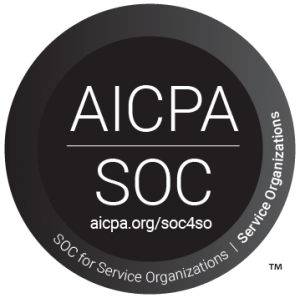Maryland
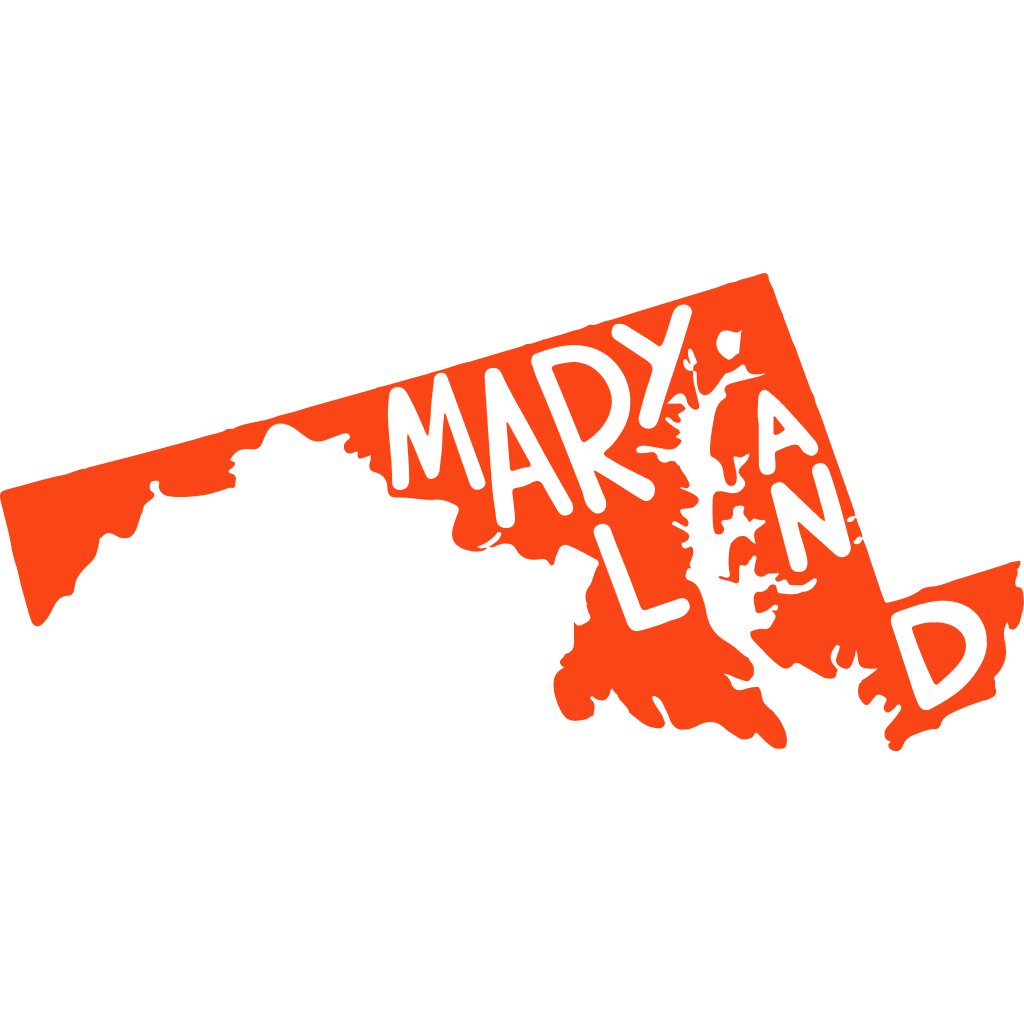
Overview
After a successful seven-year pilot, Maryland established its permanent community solar program in 2023
Latest Maryland Policy Updates
July 2025
In early July, the PSC approved utility tariffs reflecting a majority of new requirements for the permanent community solar program. Discussions around additional changes are continuing, including on how to treat projects that fall short of the 40% income-qualified subscription threshold, path to participation for master-metered facilities, and compensating subscriptions on time-of-use rates. In addition, each utility will have to add tariff language capturing the process for banking unsubscribed energy. Legislation from May required that utilities implement systems to do so by July 1, 2025, which was a quick turnaround given the complexity associated with banking credits in each month and continuously tracking the relevant deadlines for applying each batch against subscriber bills. Thus far, the utilities have offered different processes for tracking unsubscribed credits and varying timelines for eventually creating automated systems to do so.
May 2025
Governor Moore signed the Renewable Energy Certainty Act into law on May 20, 2025, which included uniform siting standards to streamline solar development across the state. The legislation also updated the unsubscribed energy rules for community solar projects. Instead of immediately being compensated for unsubscribed energy at avoided cost, community solar projects will now be able to bank that energy and redistribute the credits to subscribers at any point within a year; if that energy rolls over for the full year, then it’s paid out at avoided cost. The utilities, solar companies, and PSC staff are working on implementation details already. The PSC also formally approved consolidated billing regulations on April 30 so we will see a new chapter in the Maryland Register later this summer.
February 2025
In response to the November hearing on consolidated billing – where Solstice testified in support of streamlined net crediting – the PSC issued an order on February 10, 2025 confirming that Maryland’s program will mirror net crediting in New York. This is a huge win for community solar owners and subscribers. We will continue working with the utilities via the Net Metering Working Group to get draft regulations filed by March 31. At the legislature, we’re watching SB 931 which would enable year-long banking of unsubscribed credits and introduce the option for local governments to offer automatic enrollment on projects.
January 2025
In December, permanent program regulations for phase 1 were published in the Maryland Register. The second phase – focused on billing – is still ongoing. At a PSC hearing in late November, Solstice testified in support of an efficient and reliable consolidated billing mechanism. The debate in Baltimore focused on two paths forward: the net crediting system established in New York versus the consolidated billing approach in Illinois. After several hours of discussion, the Commission came a long way in understanding the benefits of New York’s model and we expect to see a decision this month.
November 2024
In late November, the PSC is set to hold a hearing that will inform the mechanics of net crediting in Maryland. Solstice will join a group of community solar representatives in Baltimore to advocate for a program that guarantees savings to all customers and creates predictable collections for project owners. The permanent program legislation required that utilities implement consolidated billing with “protocols for purchase of receivables or net crediting.” Despite the specificity in the statute – and an initial understanding that Maryland would mirror New York’s program – utility representatives have now spent months advocating for a billing and remittance model similar to the complicated system in Illinois.
October 2024
As reported in our last newsletter, community solar companies and utilities in MD have reached an impasse in negotiations on how net crediting (consolidated billing) should be set up. As of late October, PSC Staff delivered a petition for guidance from the Commission, which outlines all the existing context and arguments. After reviewing the petition, the Commission will open up a two-week comment period and then make a decision on how net crediting in MD will work. Otherwise, the net metering working group continues to host discussions about other regulatory issues that need to be finalized, including development of the self-attestation form for streamlining income verification.
Program History
Administrators
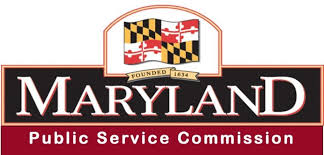
CS Incentives
Community solar credit rate
- Retail credit: a monetary crediting mechanism that is calculated by each utility based on the retail rate for each customer class
- Kilowatt-hour credit: a volumetric crediting mechanism used only by Potomac Edison, which reduces kWh consumed rather than applying a monetary credit to the subscriber's bill
Utilities
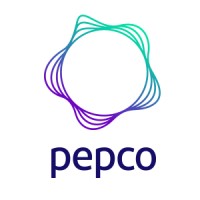
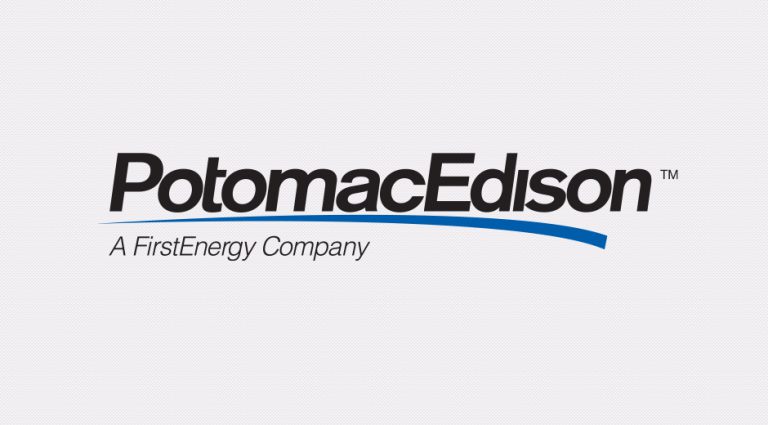
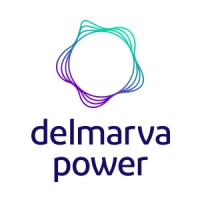
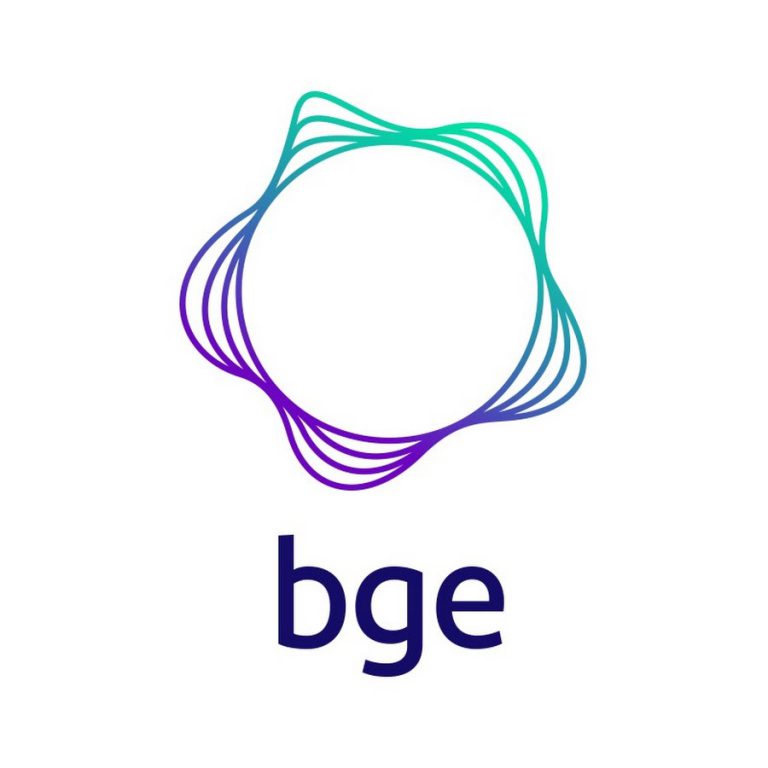
Subscribers
Anchor subscribers
- Maximum 60% of capacity to subscriptions 200 kW or larger
Pilot income-qualified subscriber carveout
- Minimum 30% of capacity to eligible subscribers for projects in LMI category
- Minimum 51% of capacity to eligible subscribers for certain projects in SBO category
- Previously, the pilot program required that 10% of capacity be reserved specifically for low-income subscribers, but permanent program rules apply retroactively and instead use the low- and moderate-income definition for all income-qualified subscribers
Permanent income-qualified subscriber carveout
- Minimum 40% of capacity to eligible subscribers
Income-qualified subscriber eligibility options
- Self-attestation
- Geo-eligibility
- Categorical eligibility (proof of participation in an approved program)
- Proof of income
- Residence in affordable housing
Billing
Billing type
- Dual billing is currently offered but consolidated billing will be implemented in 2026, offering the same net crediting mechanism that was first introduced in New York and has also been adopted in New Jersey
- Utilities charge an administrative fee for net crediting equal to one percent of the total bill credit value generated in each month
Credit banking
- Credits from unsubscribed energy are banked at the host for up to a year – before 2025 legislation, utilities immediately purchased all unsubscribed energy at avoided cost
- Subscribers can bank excess bill credits which – if not applied to subsequent bills within a year – are either purchased by the utility annually (at the supply value only) or can remain on the subscriber’s account indefinitely
Get PDF by email
Share your feedback
Contact our policy team
Don’t Miss Critical Market Updates
Get the latest policy news, articles, and resources, sent straight to your inbox every month.
On this page
Policy hub map
Select a state

